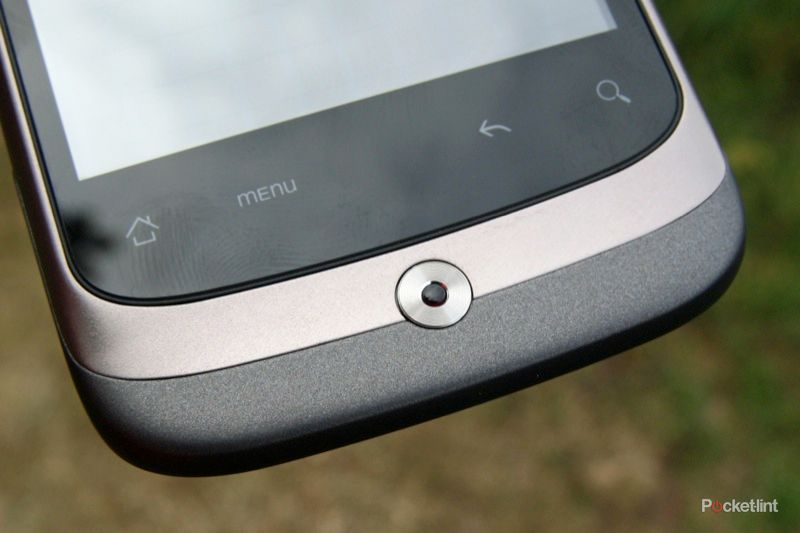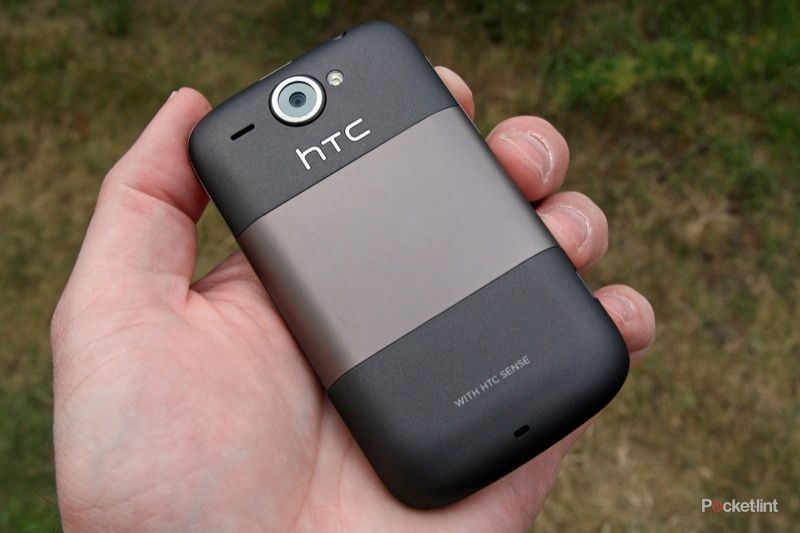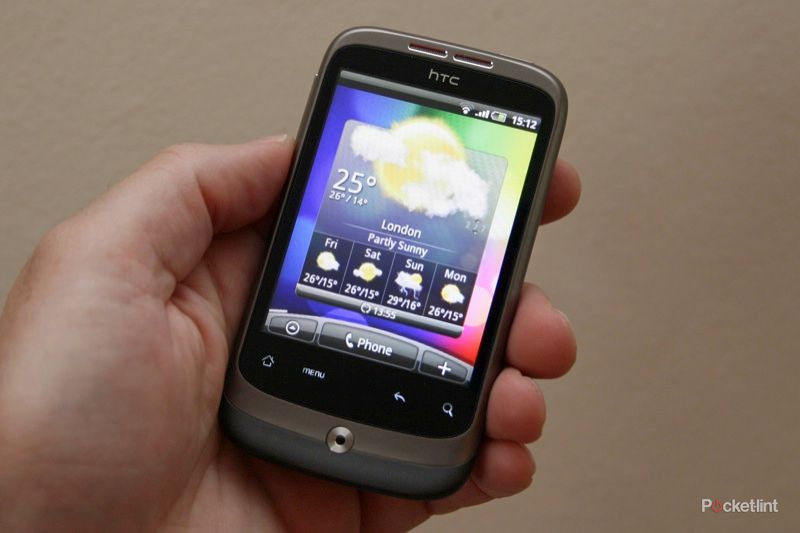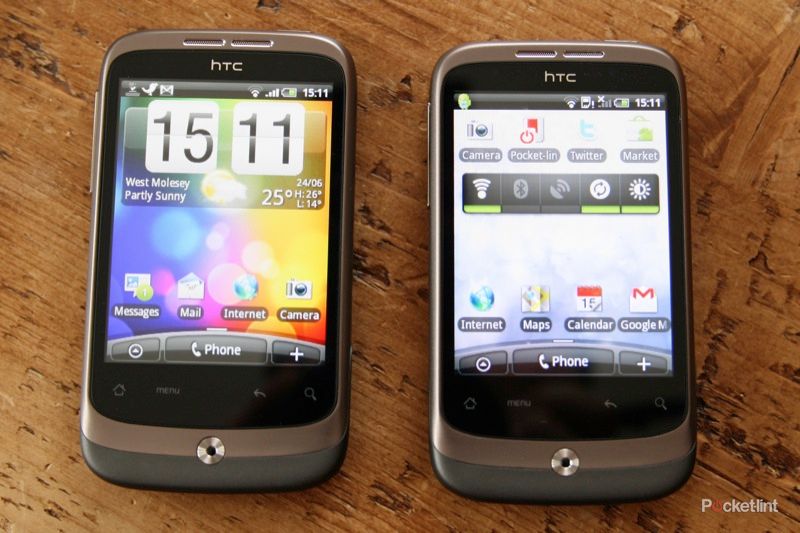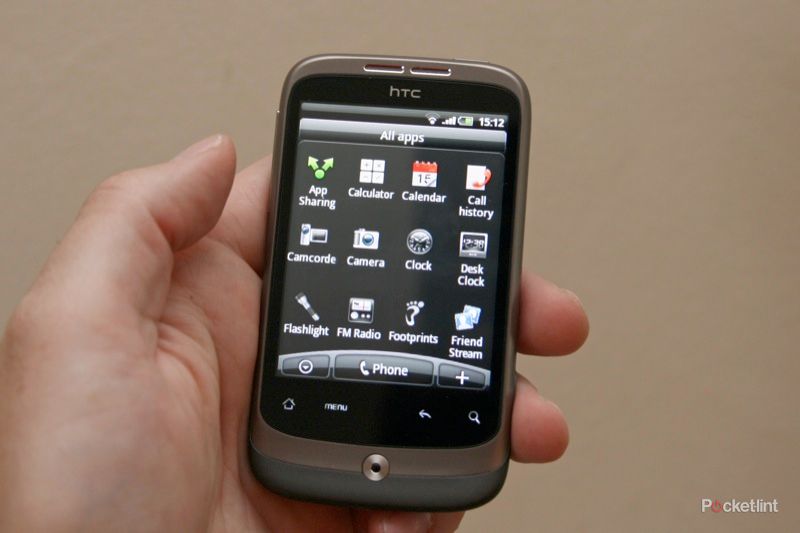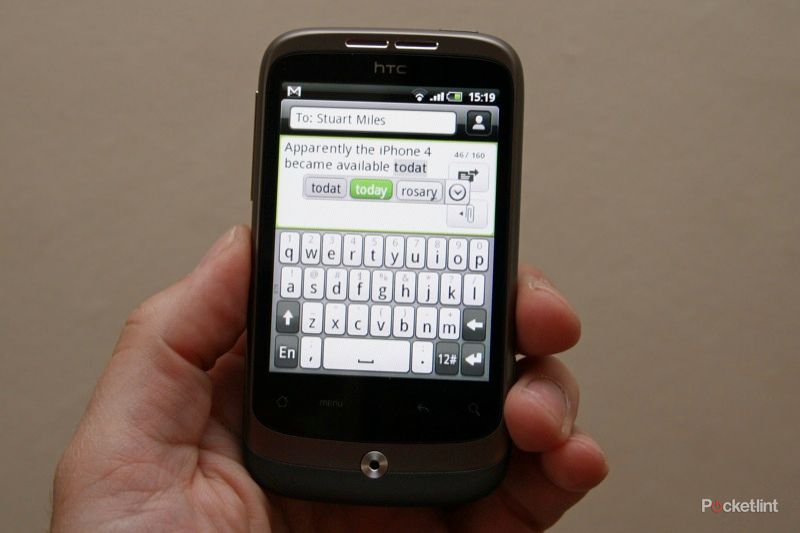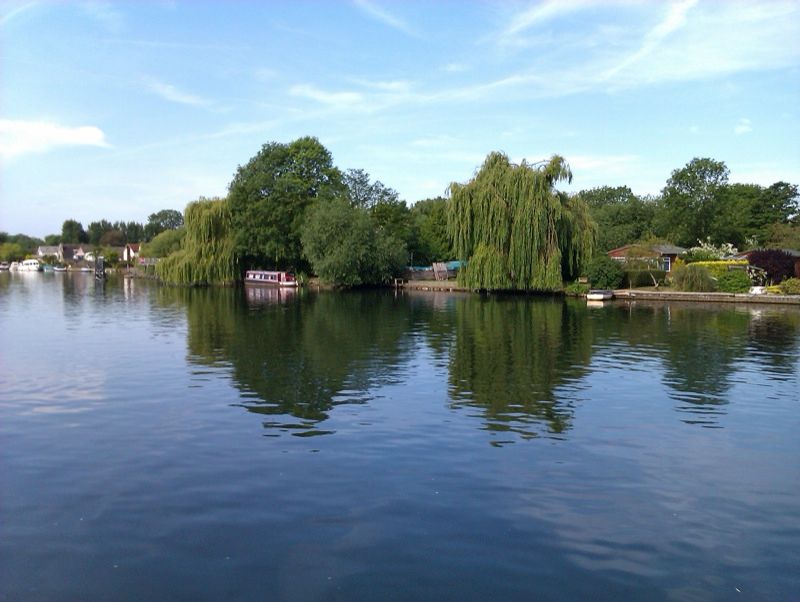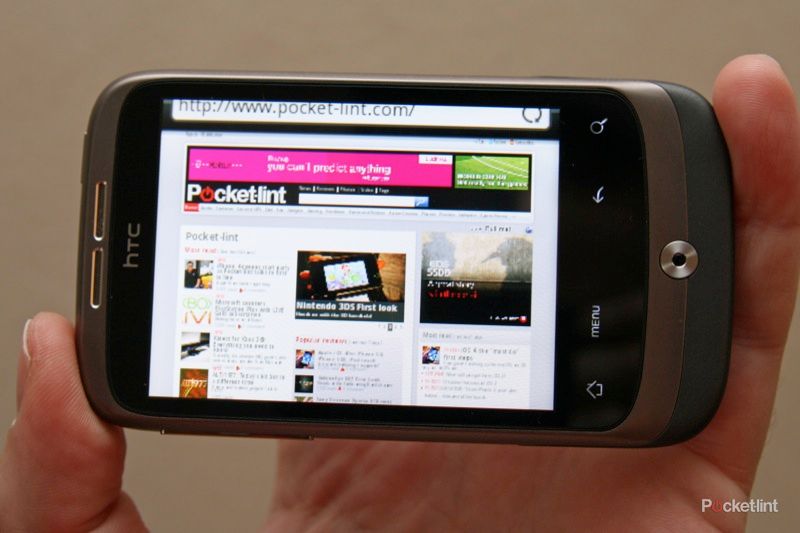The Wildfire comes in and supplants the Tattoo as HTC's mid-range device, offering up the now established Sense interface running over Android 2.1. Changes from the Tattoo centre around improved build quality, a capacitive display and styling that owes much to the flagship HTC Desire handset.
Our quick take
The HTC Wildfire offers up a comprehensive package of connected treats and dishes out some of the experience you'll find on the best handsets from this company. The experience is a step down from that of the Legend and the Desire and rightly so. It's also cheaper, so those who can't live with the premium price of the other handsets, but want the features will find it here.
You'll have to accept the compromise of taking a lower resolution screen and having lesser video capabilities and thereby a device with less scope than higher-spec alternatives. Perhaps the biggest decision would be whether you hunt for a deal on an HTC Hero, once you've discovered what version of Android it is running.
We were surprised by the occasional sluggishness of the Wildfire and recurring errors which suggest that there is still something to be done behind the scenes before the Wildfire will really set the world alight.
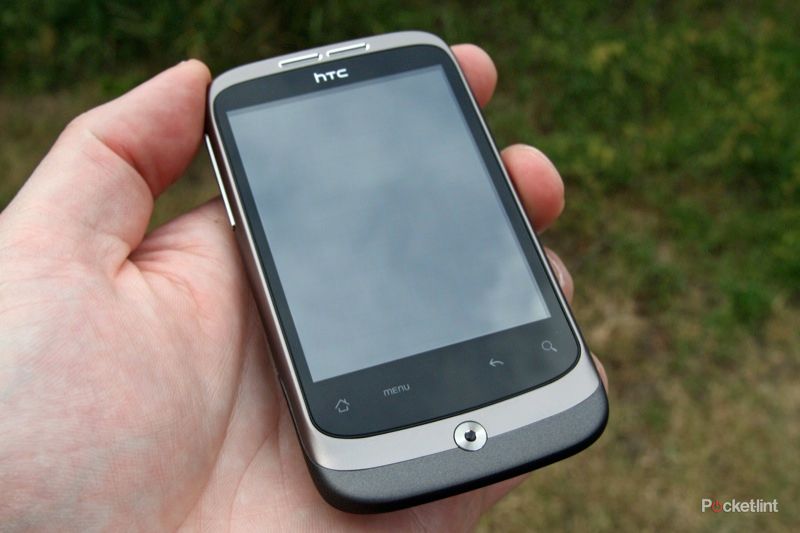
HTC Wildfire - 3.5 / 5
| FOR | AGAINST |
|---|---|
|
|
Those changes make quite a difference as the Wildfire is an attractive-looking device, fusing metals and plastics. A metal band sits across the back to provide that premium feel, with rubberised plastic most noticeably giving a soft feel to the subtle chin at the bottom of the phone. We particularly like the cut-out speaker holes on the front, exposing the bare metal, giving it a classy look, which belies its affordable status.
The Tattoo's odd arrangement of buttons has been removed, with the Wildfire now offering four touch controls across the bottom of the screen: Home, Menu, Back and Search. As with the Legend and Desire, a clickable optical trackpad sits bottom centre.
Elsewhere around the device, the familiar standby/power button sits on the top, and volume keys sit down the left-hand side. A 3.5mm jack and Micro-USB offer physical connections.
The phone is a comfortable size, measuring 106.75 x 60.4 x 12.19mm and weighing 118g which are average specs for a smartphone. You get a 3.2-inch capacitive touchscreen display, the same size as the HTC Legend and the older Hero, but with a resolution of only 240 x 320 pixels, which at this size gives a noticeable fuzz to the experience, and one way of HTC differentiating the Wildfire from the those handsets higher up the range.
Some mobile phone manufacturers differentiate between mid- and high-level devices by removing internal components (typically Wi-Fi). Fortunately the HTC Wildfire comes with everything you might expect inside. It is an HSDPA handset (with a CDMA version for our US cousins) and comes with Wi-Fi and Bluetooth 2.1. All the sensors are here: GPS, digital compass, motion, proximity and ambient light.
So the hardware tells us that this is a smartphone and you won't find yourself lacking on the connectivity front. Physical capabilities are one thing, but with HTC Sense sitting at the core of the phone, it is virtually connected too.
We've all become accustomed to HTC Sense now, having seen it first on the HTC Hero back in June 2009, and since then appearing on HTC phones running Android, Windows Mobile and Brew OS. Mobile phone fans will know that this is an über-connected interface, which connects up to Facebook, Twitter and Flickr as well as your usual Google account to pull all this information together.
As such it offers you an integrated Contacts book, packed full of information and options suggesting links to your friends across these services. It takes a matter of minutes to set-up (and a little while to sync all that information) at which point you can then communicate with your friends in heaps of different ways, keep track with their Facebook photos and so on. Email connections are good, with Gmail set-up in a flash and Exchange email supported too.
HTC Sense is one of simplest systems to use, offering up a whole collection of widgets to feed you information across the seven pages that make up the home page. These live widgets can be customised to your liking to feed you the information you want without having to open up the actual applications themselves. Everything is well put together, but the lack of resolution does show itself here, so there isn't the wow factor that HTC's other Android phones deliver.
For your average mobile phone user, HTC Sense brings real benefits, putting so much information at your fingertips. However, there have always been those who have criticised HTC Sense as being too fluffy, drawing out too much of the phone's resources and so on. Whilst we still like HTC Sense, the rest of the Android world has not been standing still and some elements of HTC Sense that we don't like haven’t changed, whilst improving Android apps now offer a more integrated experience than they did in the past.
One thing that stands out is the delay whilst HTC's live widgets update. Arrive at the weather screen and you'll usually be faced with the weather from 3 hours ago. Head over to FriendStream and you'll find it isn't current, so you are left to wait whilst it updates. Compare this to the speed at which Apple iPhone apps update when you open.
Of course you don't have to use those live widgets. You can just strip down your HTC Sense homepage to a collection of shortcuts, so you can open the apps you want easily and get straight to the info; you could ditch FriendStream and head straight into Peep or the Facebook app to find the information you want.
The HTC Wildfire runs Android 2.1, which is the current version of Google's mobile phone platform, soon to be replaced with 2.2, which will add some new features, notably Adobe Flash support. As current HTC Hero owners will know, whether you'll get updated by HTC or your operator is anybody's guess.
Running on Android you get the benefit of things like easy tethering so you can connect your PC to the Internet using your phone, you get free Google Maps Navigation and you get a world of apps available through Android Market. However, not all apps are supported on all devices, so you might find that some of the great apps that your friends have on their Desire won't be available for your Wildfire, because of the lower screen resolution.
Sitting at the core of the HTC Wildfire is a 528MHz processor, a noticeable step down from flagship handsets and the same as the original Hero. But the HTC Wildfire doesn't feel as slick as the Hero did. Switching from landscape to portrait is a little too slow and we found we’d be looking at a black screen for a little longer than we'd expect when switching between applications.
We looked at two different handsets during this review, both of which would throw up errors asking for elements to force close and sometimes having to reload HTC Sense, so something doesn't seem quite right. We also found that the occasional freeze would see us selecting something we didn't intend to, including calling someone whilst browsing their details, because the response from touches would occasionally get held up.
Moving the screen over to a capacitive display from the Tattoo's resistive means the response from the screen is better (some software issues aside), although we didn't find it as good as the original Hero for speed, so it feels quite a step behind the immediacy that you get from the Legend and the Desire.
We like HTC's take on the Android keyboard, offering up smart suggestions to correct those misplaced fingers, even if it amusingly changed "crap" into "veal". The haptic feedback when typing holds up the process as the vibrations can't keep pace with your finger touches, so if you want to type at speed, the best suggestion is to disable it. Whilst the text entry isn't as good as loftier devices, we didn't have a problem with it overall.
Around the back you'll find a 5-megapixel camera which offers autofocus and an LED "flash" although video capture has been limited to a maximum 352 x 288 pixels, at somewhere around 15fps. The camera gives average results, but feed it good conditions and you'll get a decent result out of it. In low light it struggles, often resulting in soft or blurry pictures with plenty of noise.
Video results are as good as you'd expect from the low resolution and capture speeds, so you won't be keeping pace with some of the more sophisticated imaging handsets or other Android devices in this department. You can, at least, easily share the content you capture through the camera to the likes of Twitter, Flickr, Facebook, YouTube, Picasa or simply by email.
As we said there is GPS included, which can be put to good use with Google Maps and in this case offering free Google Maps Navigation to give you turn-by-turn driving instructions, although this is a little basic and won't beat a "proper" PND. GPS pick-up was fast enough, but again, the below average screen resolution means you don't get the best results from things like Google's Street View.
You do get multitouch however, so you'll be able to pinch zoom on your maps, just as you will in the browser. The Android browser is good and fast to load pages, but the low resolution screen means you'll need to do more zooming if you want to read text, so it is a more labour-intensive experience than some rival devices. HTC's Flash Player offers up internet video, although not all video is supported, so it isn't quite the complete internet experience.
Call quality is good and it is a comfortable handset to use, with the proximity sensor switching off the screen when it is next to your face and offering up options when it is pulled away. This joins a host of regular HTC goodies that make the Wildfire a pleasure to use.
Sitting under the back cover is a 1300mAh battery which we found gave pretty good performance, but heavy use will see you charging it every day as is common with touchscreen smartphones. Also under the back cover is a slot for your microSD card, supporting up to 32GB.
You'll need that storage space for your music to take advantage of the 3.5mm headphone jack on the top of the phone and HTC's music player, which offers you control from the lock screen, so is really convenient to use on the move. An FM radio will also offer up audio treats.
To recap
The connected experience found on the best Android phones is found here, but the low res screen takes the gloss off things, along with some occasional sluggishness and crashes

